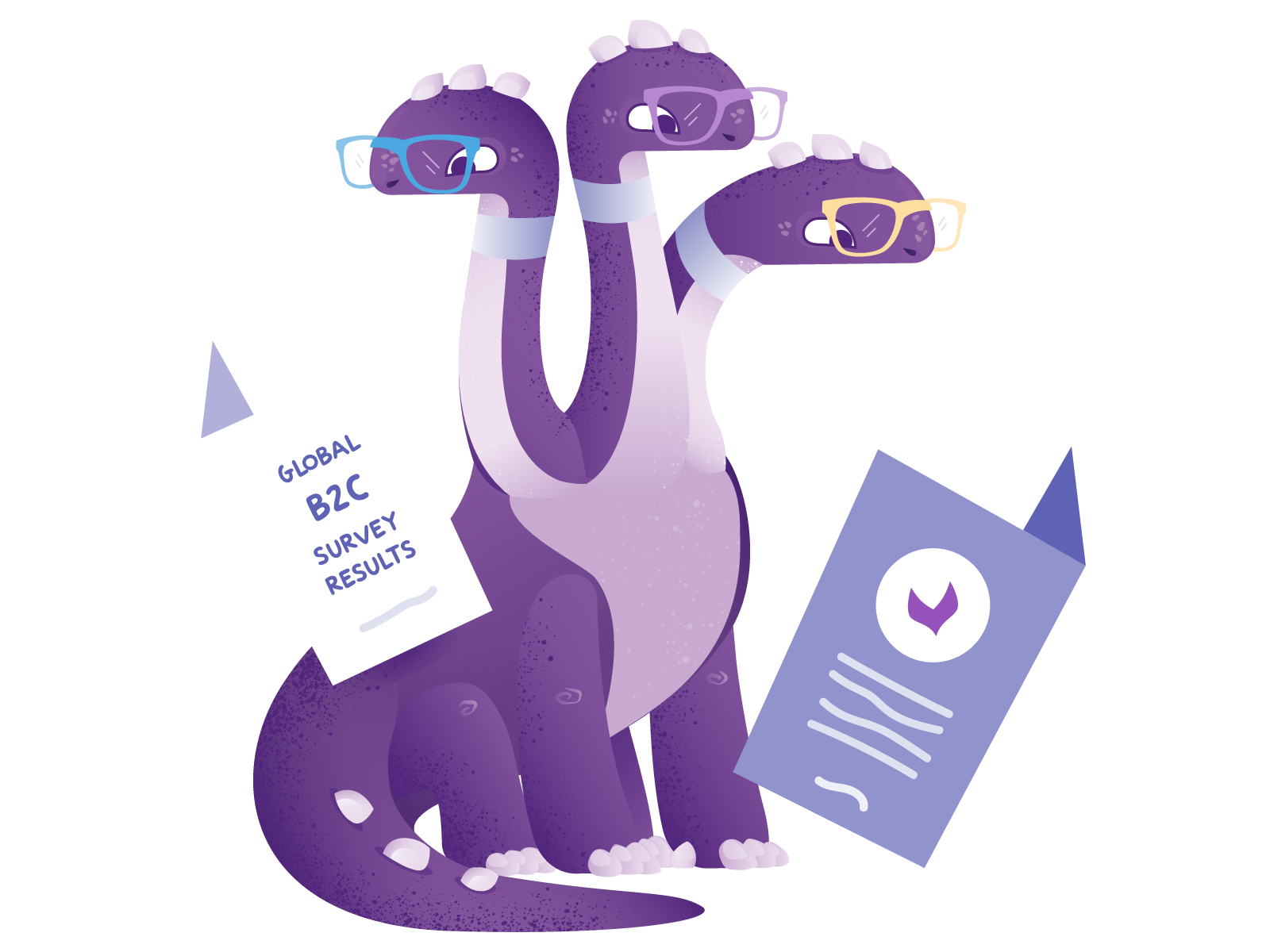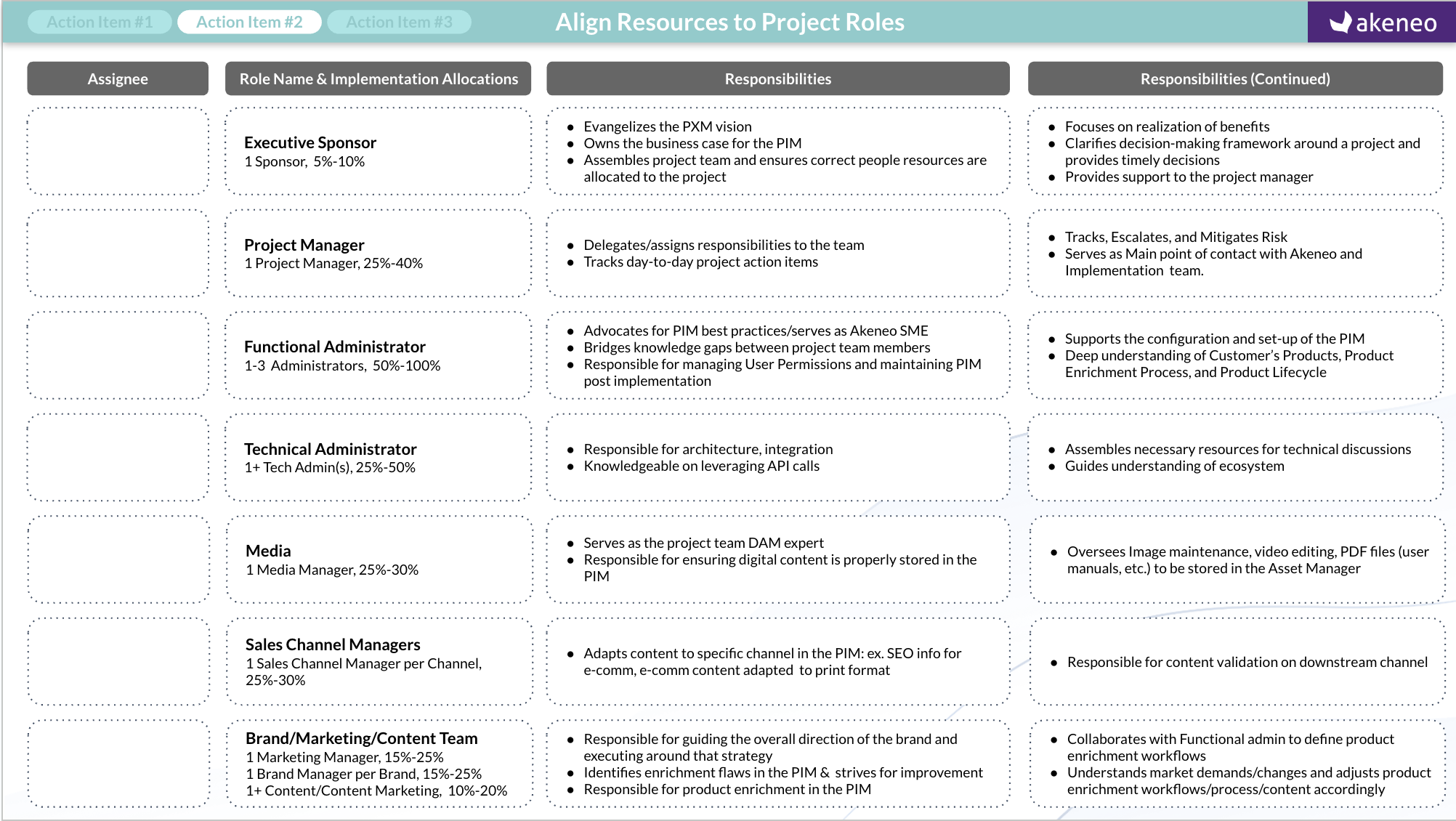6 Mistakes You’re Probably Making with Product Information
Are you unknowingly giving your buyers a flawed experience with your product information? Find out the top 6 common errors that could be hurting your customer experience, brand reputation, and sales.

Product information helps buyers discover your products, provides critical information about a product and its use, and even helps convey your brand values. Simply put, errors in product information hurt the customer experience and brand reputation, and even cost your organization money through lost sales or abandoned purchases.
Let’s take a look at 6 of the most common errors we see with product information.
1. Inconsistent Data
Populating product data is a collaborative effort that brings together multiple data sources and teams to create the final product record. These disparate data sources, each with their unique formats, coupled with individual contributors adding their own interpretations, can lead to multiple ways of describing the exact same data if proper governance isn’t implemented.

The Impact: These inconsistent formats can lead to multiple filter options for a customer that creates a poor navigation experience. This degrades the customer experience and impacts the discoverability of your products.
2. Failing to Consider Intuitive Language for Customers
Organizations often sell products with unique, complex, or highly technical product details that don’t always align with how customers try to find their products. The most common example is found in color, where a product with an exotic color like Burgundy is not linked to a generic “Red” SEO keyword or filter.

The Impact: Your Burgundy EasyGo Road Cruiser Bike may be the perfect product for a customer who never sees it because they don’t understand your marketing colors. Searching for “Red” is far more intuitive than searching for Burgundy. Learn more about this color conundrum here.
Color is just one example; this challenge exists across many product specifications and every industry brings its own nomenclature that you shouldn’t necessarily expect your customers to know.
3. Showing Customers Internal Language
Many organizations have internal abbreviations or codes for product information that are never intended to be seen by customers. This often originates from procurement processes and ERP systems with limited space, and is supposed to be replaced before products make it in front of customers. This doesn’t always happen though.

The Impact: This internal language looks sloppy, can be confusing for customers who may not understand internal codes, and can even impact discoverability if it’s included in particularly sensitive places like product names or specs.
4. Showing Customers Placeholder Language
During the development process of products, it’s not uncommon for certain pieces of information to not yet be available. In these instances companies will insert temporary filler language with the intention of going back later to replace it with the final version. The problem comes when companies fail to go back and update the information, often due to tight launch deadlines or unclear processes with no ability to validate the final version.

The Impact: At best, customers are exposed to an obvious error that erodes their trust in the product and you as a brand. At worst, it means critical information is withheld from the customer that impacts their buying decision, or impacts their ability to find the product because of SEO gaps or missing filters.
5. Showing Customers Inaccurate Data
Human error is always a risk for organizations that don’t have proper tools or governance in place. A content specialist entering hundreds or thousands of products a day in a spreadsheet or the back-end of an unwieldy eCommerce platform will inevitably make errors.

The Impact: Customers who see information that is obviously incorrect will lose trust in the product and your brand. An even worse outcome is that the customer won’t realize there’s an error, purchase the product anyway, get something that’s different than they expected and carry out a return. Returns are expensive and will further degrade a customer’s loyalty to the brand.
6. Neglecting Product Compatibility
Products typically don’t live in a vacuum. There may be complementary products that a buyer would be interested in adding to their shopping cart, or products they want to buy in conjunction with another product they already own. An example would be a customer trying to buy a charger for an Electric Car they already have at home. Maintaining this type of relational data can be difficult and some organizations fail to include it, making these types of purchases extremely difficult for customers as they don’t have the information they need.

The Impact: Customers are left uncertain about whether the product they’re about to purchase will meet their needs, which pushes them to buy elsewhere. A charger for an electric car is a critical item for a customer that relies on their car everyday, and they may not be willing to gamble on whether or not their car is compatible with a product they want to buy. Finally, failing to present compatible products means missing out on cross-sell opportunities for other products and services which can have a significant impact on your bottom line.
Eliminating these errors can be more difficult than it appears because they’re often a systematic failure in how product information is managed in an organization. It’s not just a data error, it’s a breakdown in how you leverage people, process, and technology within your organization to build and deliver product experiences for your customers.
Reach out to an Akeneo expert today to get started on developing a comprehensive Product Experience (PX) Strategy that can help you address these product information issues and more.
Akeneo Product Cloud
Discover how Akeneo can help you develop a PX Strategy and accelerate you on a path to better product experiences.
























